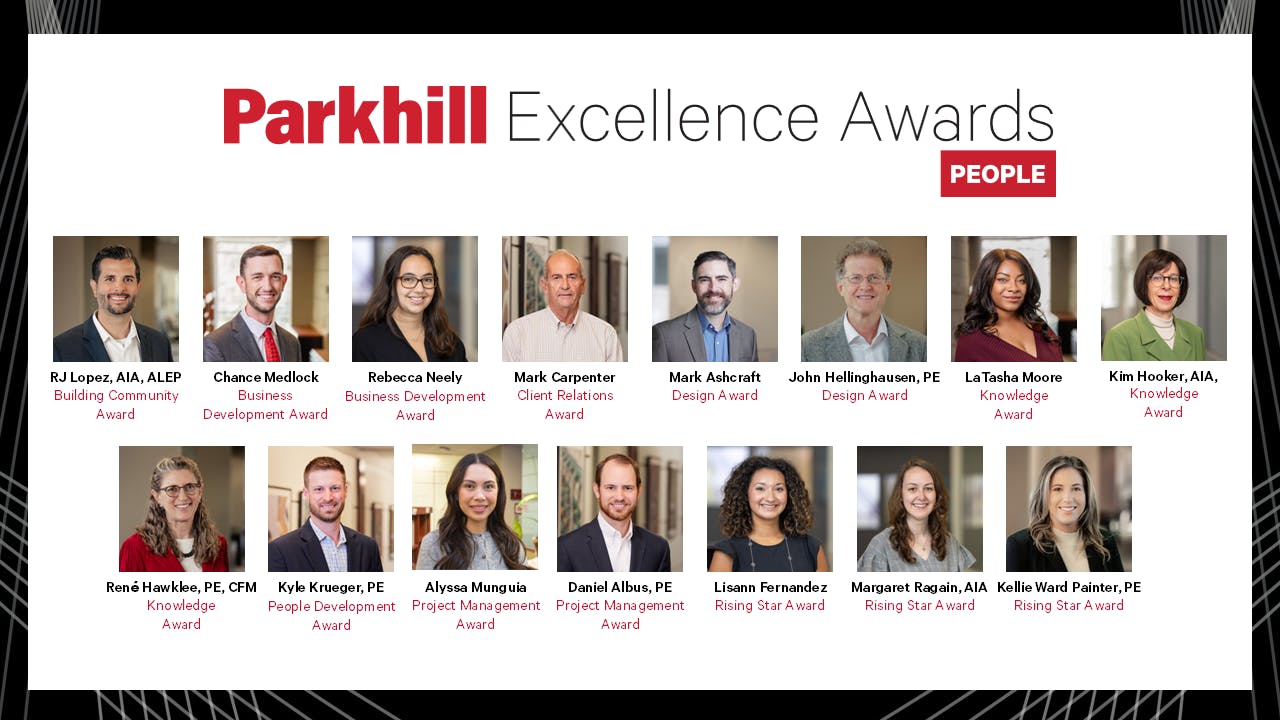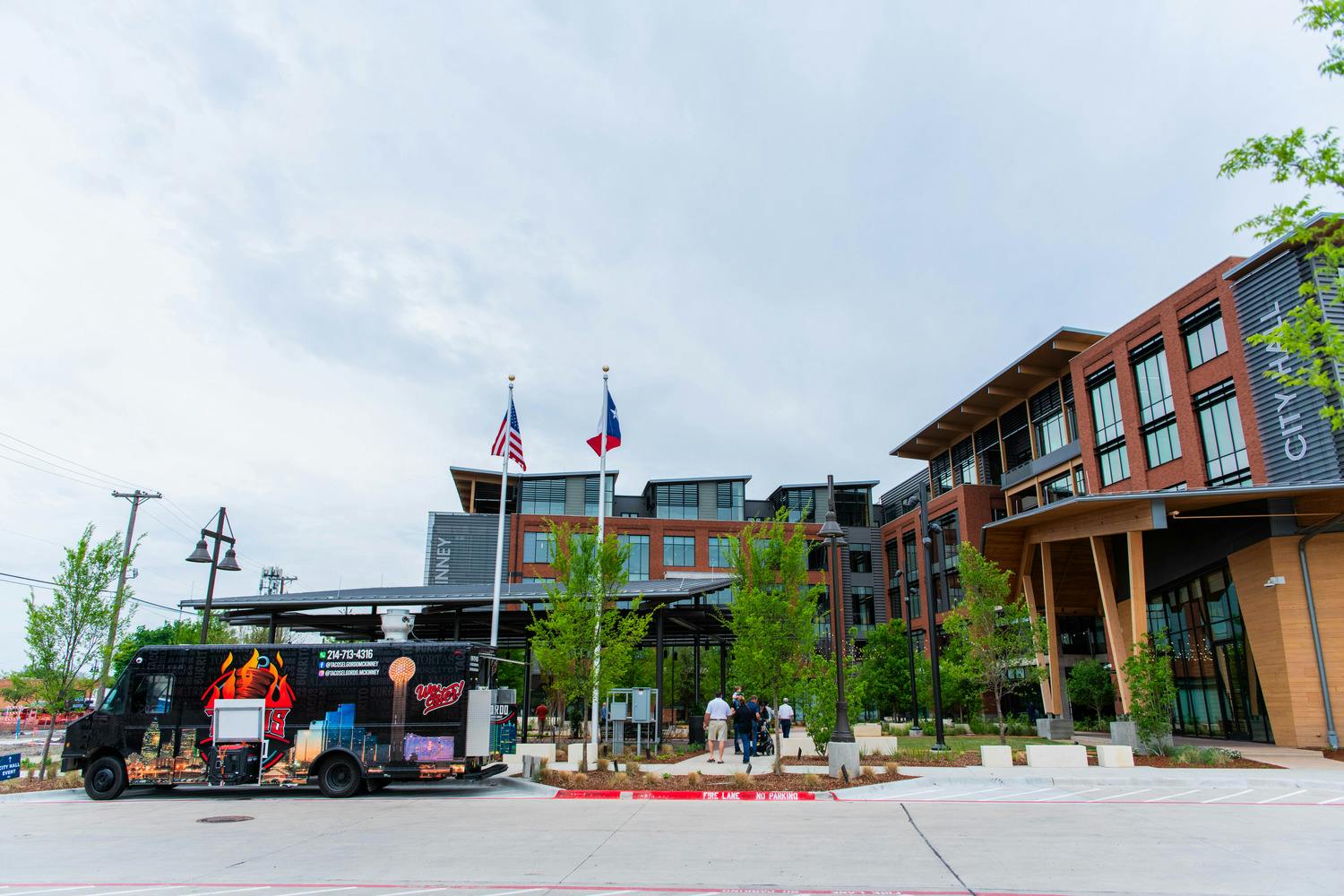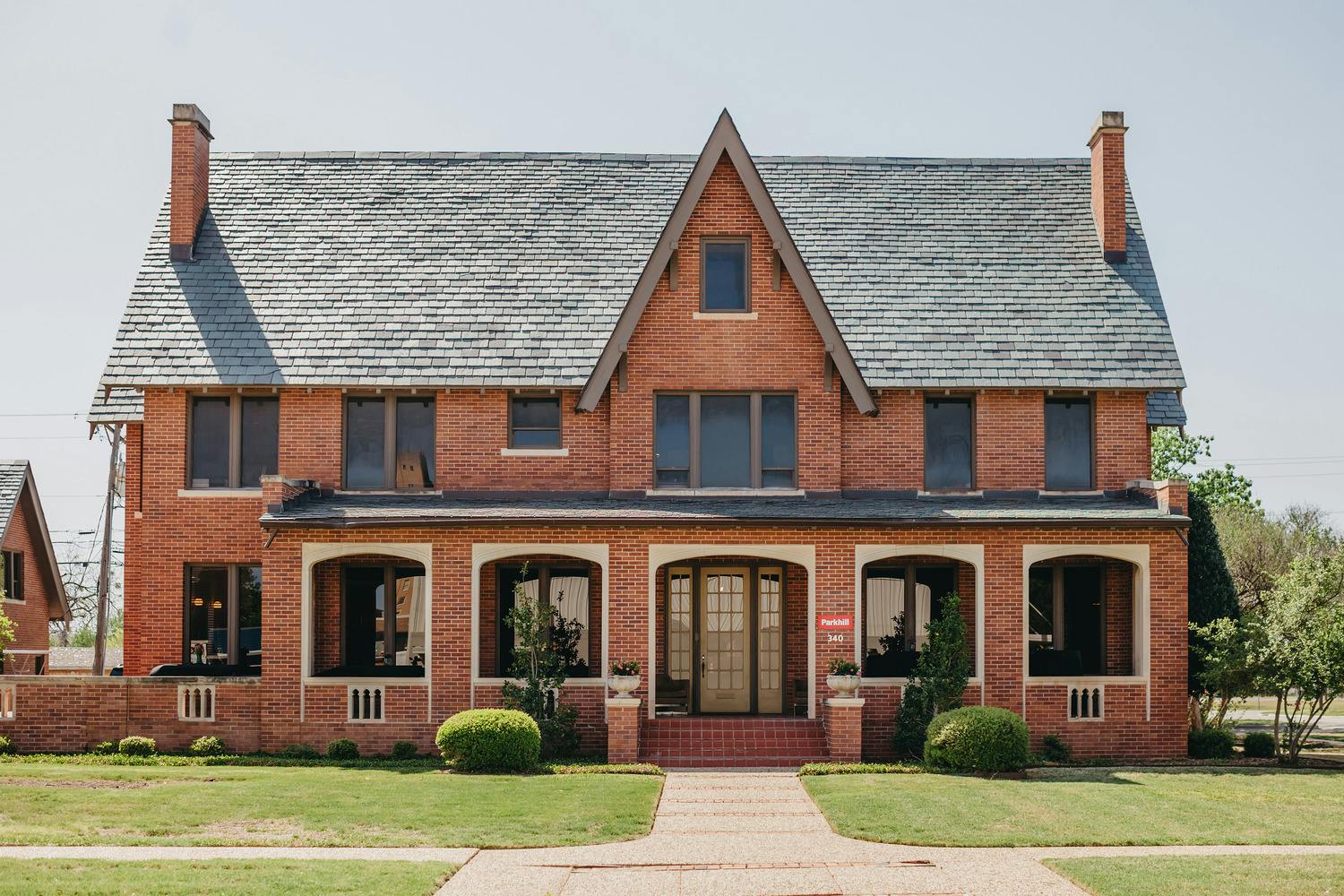Parkhill Announces Key Addition of José de la Cruz as Technology Practice Leader
Written By: Parkhill Communications
Date: September 23, 2024

Parkhill recently announced the key addition of José de la Cruz, AIA, CM, CPTED, as Technology Practice Leader and Client Manager. José will be specializing in helping Parkhill expand its design services for the technology industry by providing leading-edge architecture and engineering solutions for mission-critical projects. His role will also include mentoring others in the specialized field of design in the technology industry to help meet the growing demand.
José brings a wealth of knowledge and experience in innovation, global design, and construction. He has proven to be a leader in managing and maintaining operations efforts in architectural, MEP, civil, landscape, and structural engineering design disciplines, as well as construction installations.
Throughout his career, José’s extensive design efforts have focused on high-tech/biotech and CPTED specialization with an emphasis on datacenters, microelectronic cleanrooms (Class 1 to Class 10,000), industrial manufacturing and materials/dry/wet lab layout/construction implementation. He has worked with many Fortune 500 companies, including Intel, Tesla, Equinix, Ericsson, IBM, HP, and the Lawrence Livermore Laboratory.
Why did you decide to pursue this specialized career path?
I started out in large-scale development. I went to school so that I could design high-rise buildings and other large-scale developments. At the time, I was living in the Bay Area, and there weren't many high-rises being built or designed. The next technical outlet for me to go into was tech, where I started to design cleanrooms and laboratories for microelectronics and biotechnology. There were some other commercial projects in the mix, but that's largely what I focused on and specialized in for 30 years. I also studied Crime Prevention Through Environmental Design (CPTED) and applied that to my projects to make the spaces we live in safer and less of a target for criminals. I wanted to find out how we can help places, such as schools, hospitals, and police stations, be safer without “fortressing” them. It's all about how to protect the people who use those facilities and those building’s valuable product lines.
What about Parkhill piqued your interest?
It was the character and personality of the people. I find them to be much more personable, and Parkhill really focuses on people. I feel like this would be a more receptive environment for me to pass on my knowledge if there was genuine interest from younger architects to work in the tech space. And when we bring others — with even more knowledge — I think that's going to be a recipe for success in a big way.
Why is it important for Parkhill to expand into the technology sector?
Texas is attracting many headquarters and companies from all over the country for a variety of reasons. As more focus is being placed on the need for data centers, technology and AI factories, security, etc., so will the need for people who know how to design these spaces. It's only going to continue to grow in Texas over the next couple of decades. The more we rely on technology in our everyday lives, the more opportunities there will be for these types of design services.
How would you describe your design style or philosophy?
Because of what I specialize in, I would say that I have an International Style design philosophy. It’s a very efficient and streamlined approach because I haven't really had the liberty or the flexibility to have “fanciful design flights” when these spaces reach the $4000+ square foot level. Every inch of space is valuable, and you want to maximize what's done within it. Within the technology industry, it's about efficiency and protection. It's about what can be done within these finite spaces and their occupants.
What do you like to do outside of work?
I am involved with my church, Cottonwood Creek. I also like exploring history. I read extensively about all cultural aspects of how we've expressed ourselves in art and literature. I also consider myself an amateur historian. I focus most of my research energy on the Spanish-American War because of where I came from in Cuba and how that island was involved in the conflict, along with Spain and the United States. I'm an avid collector, and over the years, I've obtained and curated swords and knives, insignias, buttons, other uniform materials, antique rifles, pistols, etc. My goal is that, someday, when Cuba becomes free from communism, I could donate my collection to the Cuban people so they can have part of their history back.


